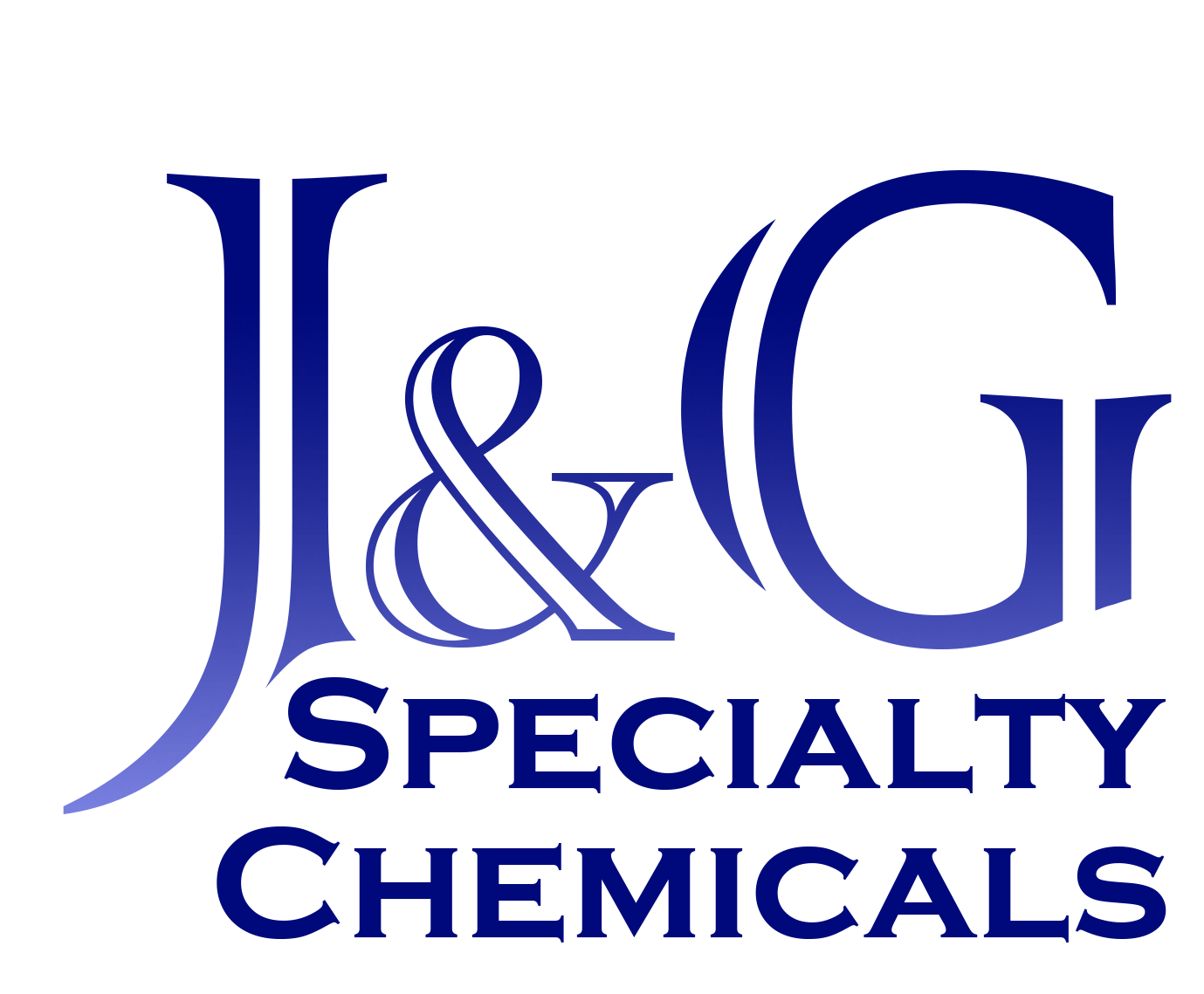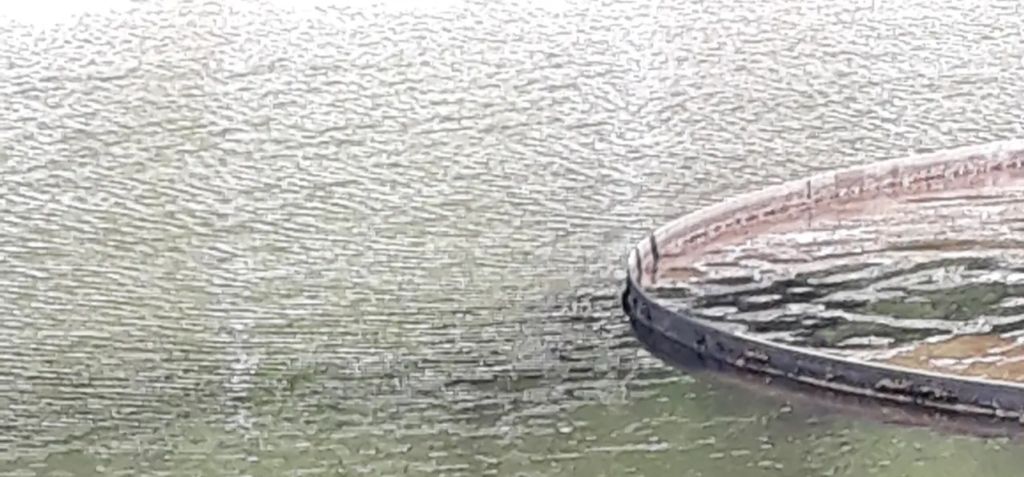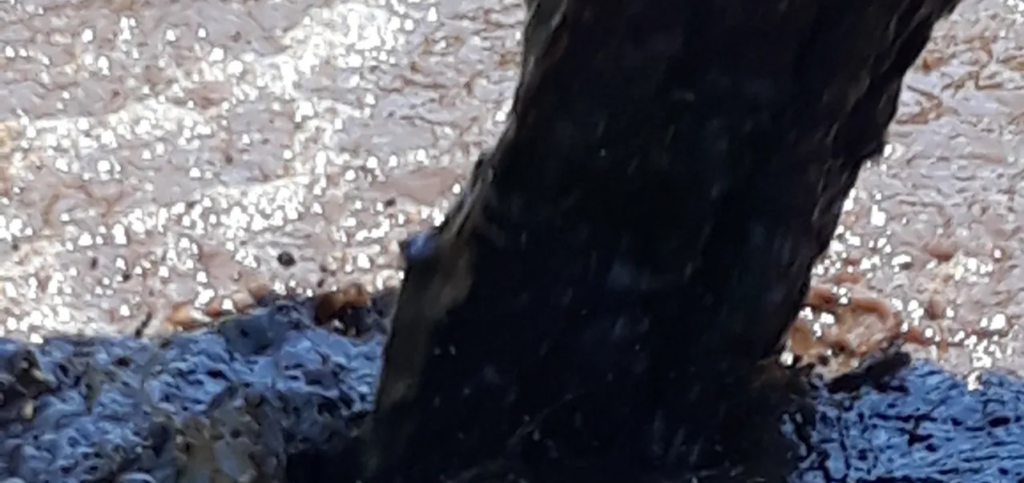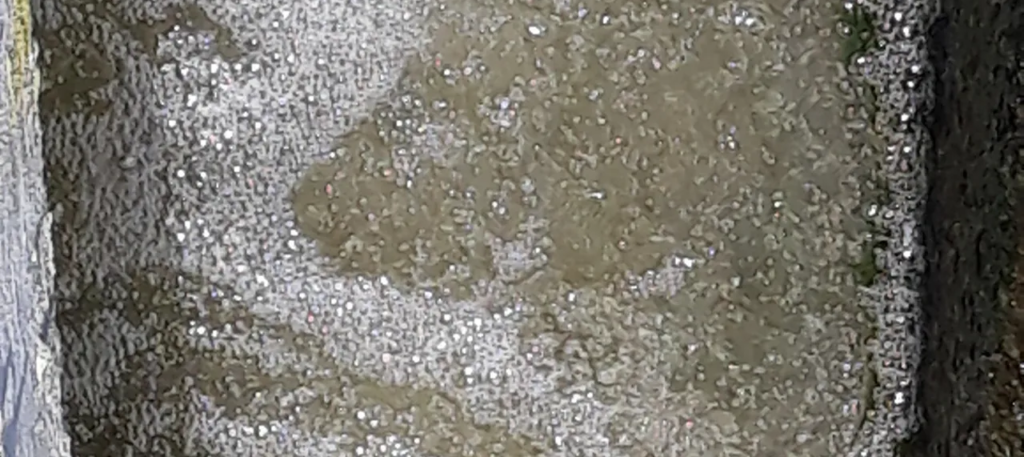Filaments, What to Do?
Filamentous Bacteria As is the case with any group of microorganism populations, the relative proportion or blending of various species is advantageous for a healthy environment. Similarly, in wastewater treatment the blending of microorganisms in ratios specific to the waste stream being treated results in a highly treated effluent. In the case of filaments, trace …





